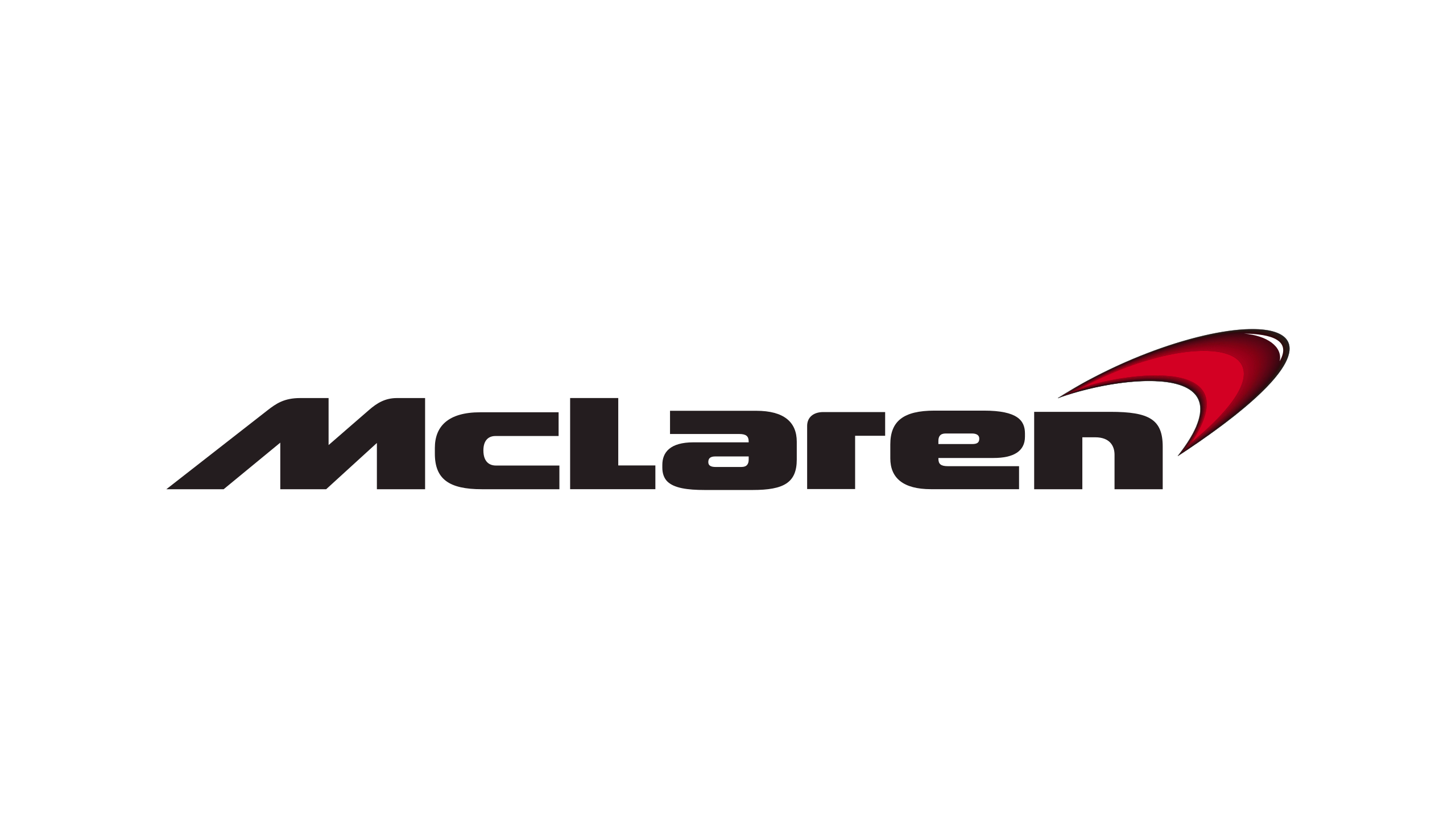McLaren - 720S - Owners Manual - 2017 - 2017 (3)
Get your hands on the complete McLaren factory workshop software
Download nowGet your hands on the Complete McLaren Factory Workshop Software
Download nowGet notified when we add a new McLaren720S Manual
We cover 60 McLaren vehicles, were you looking for one of these?

McLaren - MP4-12C - Workshop Manual - 2014 - 2014

McLaren - F1 - Sales Brochure - 1997 - 1997

McLaren - F1 - Workshop Manual - 1993 - 1993

McLaren - 650S - Workshop Manual - 2014 - 2014

McLaren - 540C - Owners Manual - 2015 - 2015 (German)

McLaren - 570S - Workshop Manual - 2015 - 2015

McLaren - 570C - Workshop Manual - 2017 - 2017

McLaren - P1 - Owners Manual - 2012 - 2012

McLaren - 650S - Workshop Manual - 2015 - 2015

McLaren - 570S - Workshop Manual - 2016 - 2016

McLaren - MP4-12C - Owners Manual - 2012 - 2012

McLaren - 540C - Wiring Diagram - 2015 - 2015

McLaren - 650S - Workshop Manual - 2017 - 2017 (2)

McLaren - P1 - Owners Manual - 2013 - 2013

McLaren - MP4-12C - Miscellaneous Documents - 2011 - 2011.PDF

McLaren - 650S - Owners Manual - 2014 - 2014

McLaren - 570GT - Sales Brochure - 2018 - 2018

McLaren - 625C - Owners Manual - 2016 - 2016

McLaren - 570S - Sales Brochure - 2017 - 2017

McLaren - 570S - Miscellaneous Documents - 2018 - 2018

McLaren - 650S - Workshop Manual - 2017 - 2017

McLaren - 650S - Owners Manual - 2014 - 2014 (4)

McLaren - 540C - Owners Manual - 2015 - 2015 (German) (2)

McLaren - 540C - Owners Manual - 2015 - 2015 (Spanish)

McLaren - 570GT - Sales Brochure - 2018 - 2018 (2)

McLaren - 540C - Owners Manual - 2015 - 2015 (French)

McLaren - 540C - Sales Brochure - 2018 - 2018 (2)

McLaren - MP4-12C - Sales Brochure - 2012 - 2012

McLaren - 650S - Sales Brochure - 2019 - 2019

McLaren - 650S - Sales Brochure - 1991 - 1991 (French)

McLaren - MP4-12C - Sales Brochure - 2014 - 2014

McLaren - 650S - Owners Manual - 2014 - 2014 (2)

McLaren - 540C - Owners Manual - 2014 - 2014

McLaren - 540C - Owners Manual - 2015 - 2015

McLaren - 570S - Sales Brochure - 2012 - 2012

McLaren - 540C Coupe - Parts Catalogue - 2014 - 2014

McLaren - 540C - Sales Brochure - 2016 - 2016

McLaren - 650S - Sales Brochure - 2014 - 2014

McLaren - 570S - Sales Brochure - 2015 - 2015

McLaren - 625C - Sales Brochure - 2016 - 2016 (French)

McLaren - 650S - Sales Brochure - 2011 - 2011

McLaren - 570S - Sales Brochure - 2019 - 2019

McLaren - 540C - Sales Brochure - 2014 - 2014 (French)

McLaren - MP4-12C - Sales Brochure - 2011 - 2011

McLaren - 625C - Sales Brochure - 2018 - 2018 (2)

McLaren - MP4-12C Spider - Sales Brochure - 2005 - 2019 (Dutch)

McLaren - 570S - Sales Brochure - 2018 - 2018

McLaren - 570S Coupe - Sales Brochure - 2018 - 2018

McLaren - 625C - Sales Brochure - 2016 - 2016 (2)

McLaren - 570S Spider - Sales Brochure - 2018 - 2018

McLaren - 540C - Owners Manual - 2015 - 2015 (Chinese)

McLaren - 570S - Miscellaneous Documents - 2018 - 2018 (2)

McLaren - 540C Coupe - Sales Brochure - 2016 - 2016

McLaren - 540C - Sales Brochure - 2004 - 2004

McLaren - 540C - Owners Manual - 2015 - 2015 (Italian)

McLaren - 540C - Sales Brochure - 2004 - 2004 (2)

McLaren - 540C - Sales Brochure - 2014 - 2014 (Swedish)

McLaren - 625C - Sales Brochure - 2018 - 2018

McLaren - 540C - Sales Brochure - 2018 - 2018

McLaren - 540C Coupe - Owners Manual - 2018 - 2018 (Japanese)

McLaren - MP4-12C - Workshop Manual - 2014 - 2014

McLaren - F1 - Sales Brochure - 1997 - 1997

McLaren - F1 - Workshop Manual - 1993 - 1993

McLaren - 650S - Workshop Manual - 2014 - 2014

McLaren - 540C - Owners Manual - 2015 - 2015 (German)

McLaren - 570S - Workshop Manual - 2015 - 2015

McLaren - 570C - Workshop Manual - 2017 - 2017

McLaren - P1 - Owners Manual - 2012 - 2012

McLaren - 650S - Workshop Manual - 2015 - 2015








































































































































































































































